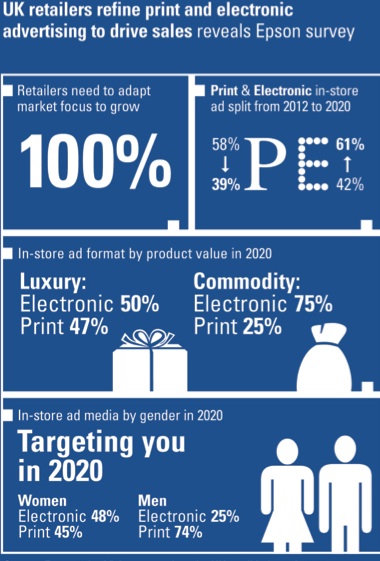You may be able to spell strategy but do you know what it means? Most business leaders believe they have a strategy but ask them to define it – or to quantify its success – and you are often greeted with the same old blah blah about being the best in class, investing in quality, having the lowest costs, or – worst of all – living deep within our markets.
If you’re keen to clarify your strategy, you could do worse than read Cynthia Montgomery’s The Strategist: Be The Leader Your Business Needs (http://www.amazon.co.uk/Strategist-Leader-Your-Business-Needs/dp/0007426674 ). She is the Timken Professor of Business Administration at Harvard Business School and has watched and influenced the debate on corporate strategy that has raged for decades in America. For Montgomery, a true strategic leader is “someone who engages in a conversation about the purpose of that company”. The company’s performance is driven by the quality of that conversation and the way it shapes business decisions.
Montgomery has taught many managers at varying stages of their career and from companies of all sizes. Her students are asked to devise strategies that are critiqued by the class. She remembers one particular business leader from Venezuela who attended many of the sessions and always ask: “What are you doing that’s really distinctive?” Montgomery often asked the same question in a slightly different way: “Help me understand why your business really matters.”
Either way, the answer to that question could improve a company’s strategy – especially if, Montgomery suggests, they are answered not by a CEO working on gut instinct, or coming up with the same old “blah, blah, blah” after a nanosecond’s consideration but after a series of in-depth conversations with senior managers in which the ideas are tested against a variety of situations.
This might all sound too much hassle but it could transform your business. A very experienced non-executive director said whenever he was invited to join the board of a new company, he would visit their head office. What swayed his decision wasn’t the presentations, the profit and loss or the boss’s charisma, it was how the senior executives answered the same question: “What is your strategy?” The more inconsistent the answers, the less likely he was to rate the business.





